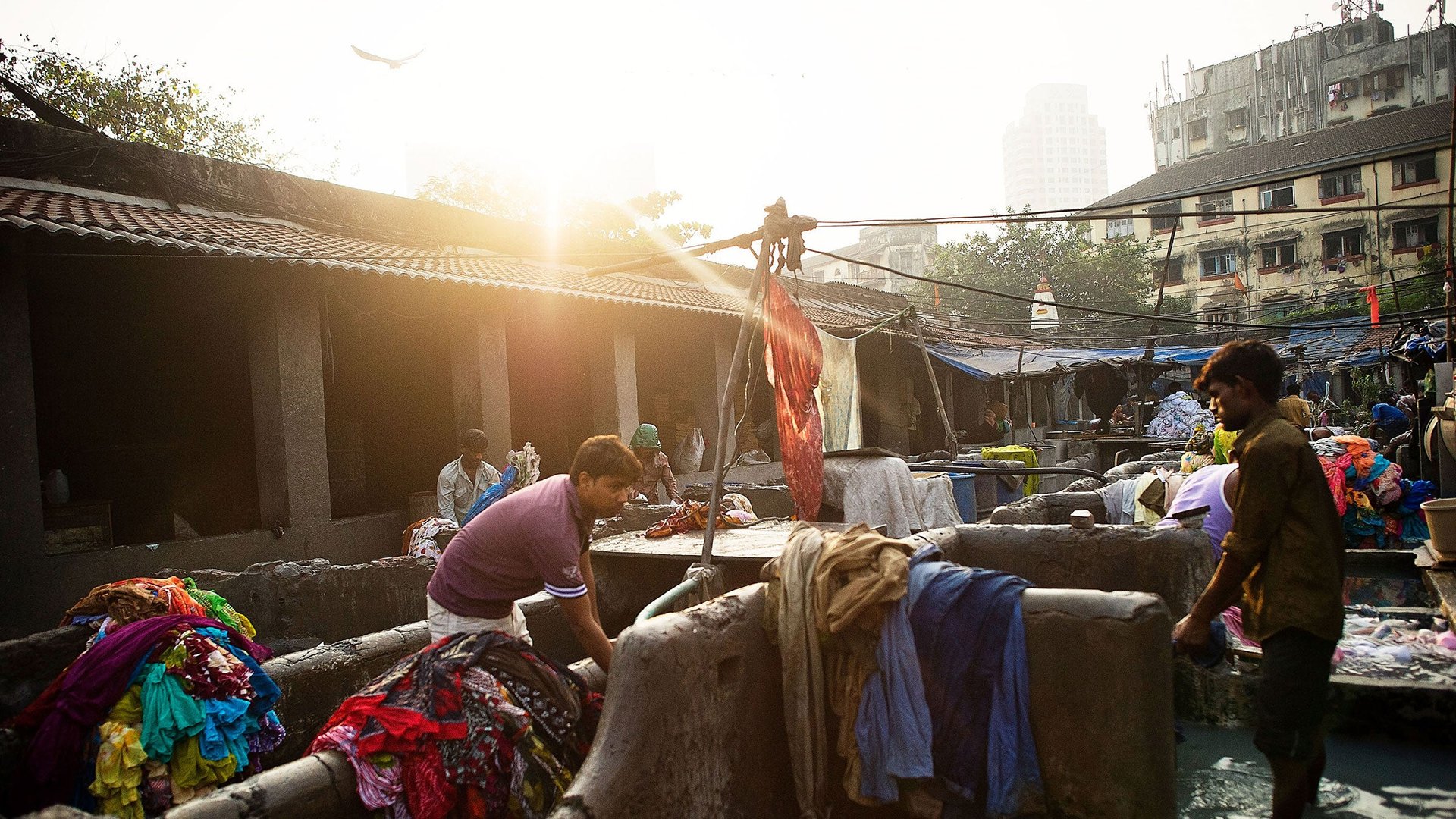The five truths that could help India avoid a slowdown
China is not the only massive emerging market whose growth rate is heading south. India’s economy will expand 5 to 6 % in 2012-13, says the International Monetary Fund (pdf, page 71) in its latest World Economic Outlook. That is a full percentage point below the GDP growth forecast for India just back in April.


China is not the only massive emerging market whose growth rate is heading south. India’s economy will expand 5 to 6 % in 2012-13, says the International Monetary Fund (pdf, page 71) in its latest World Economic Outlook. That is a full percentage point below the GDP growth forecast for India just back in April.
Yet some analysts think there is no need to worry. They say that while things look bad on the surface, India’s slowing growth masks a decisive set of long-awaited political reforms that could usher in enormous economic improvements. The upbeat outlook, however, comes with lots of caveats. Here’s some of that thinking:
1. Optimism is rising, among financiers at least.
A Reuters poll of 35 economists showed most believe the country’s growth slump has passed and things can only get better from here. And the Wall Street Journal has just reported that bond buyers are lapping up Indian debt. Popular opinion seems to be that while China was growing at double digits in 2008-11, structural and political inefficencies in India were holding the country back. So India now has a chance to burst out of the starting gate.
“India has something the other BRICs don’t have,” says Surjit Bhalla, managing director of New Delhi based economic advisory firm Oxus Research and Investments. ”They were not as screwed up by politics during the last three years as we were. So therefore its payback time for India. And that is why next year is going to be good.”
2. India may be dysfunctional. But it is in charge of its own destiny. Bhalla says 65% of India’s GDP comes from domestic consumption. In China, which is incredibly dependent on overseas exports, that figure is closer to 33%. However, India has also created big problems for itself, and food prices and subsidies are a huge problem. For the past few years, the government has pursued the populist but ineffective route of subsidizing farm gate prices. This causes food prices to skyrocket, leading to high inflation. The Reserve Bank of India usually responds by hiking interest rates. Rising borrowing costs have made it difficult for businesses to invest.
3. And change is on its way. Back in August, an important government advisory body recommended ditching farm subsidies. The RBI does not like them either. It urged the government, in its latest annual report, to cut handouts and replace them with capital investment in the country’s ineffficient farms and potholed roads. Researchers at consultancy Gavekal have made the same recommendations, pointing out that subsidies encourage waste and low productivity.
4. The country is finally opening to foreign investment. The world’s biggest supermarket chains have finally been welcomed into India. According to the Reserve Bank of India, their presence could help lower food prices and, consequently, inflation. The likes of Walmart or Carrefour could build supply chains that are far superior to those India has right now.
There are hurdles, of course and one can never underestimate India’s ability to shoot itself in the foot. The solutions to India’s problems seem simple to outsiders. Entrenched interests and endemic corruption make it difficult to change the status quo. Ratings agency Standard & Poor’s says it doubts India can change fast. Suspicion of foreign retailers is high, and many voters own small shops. Then there is the problem of what Indian media pundits call “policy paralysis”.
India’s political system is often too dogged by scandals for the government to get anything done. From the infamous Commonwealth Games bridge collapse in 2010, to a fake pilot’s license scam last year, lawmakers lose time where they could be discussing something constructive. Politicians have also been distracted in recent months by missing welfare payments and mishandled coal concessions (dubbed ‘coalgate’ by India’s lively media). Prime Minister Manmohan Singh says India desperately needs to tackle this. But public anger at what is perceived as crony capitalism is running high and can descend into violence. So now the government also has to deal with social unrest.
5. But at least India does not have China’s issues with low domestic consumption and over reliance on exports, not to mention the escalating local government debt and a shaky banking system that were the result of the Beijing authorities pumping massive amounts of new money into the economy in 2009-10 to keep growth high. With the rest of the world presenting few opportunities, the Nifty 50 and Indian bonds seem comparatively attractive.